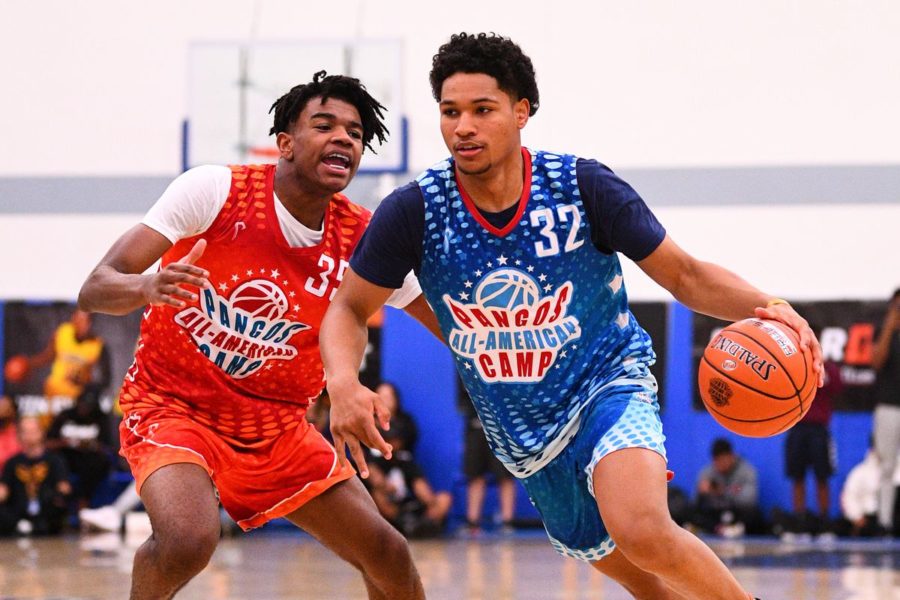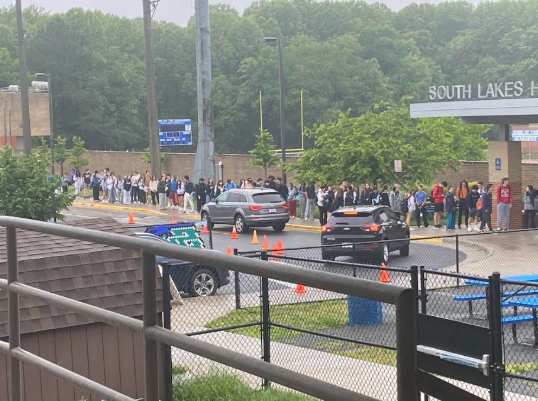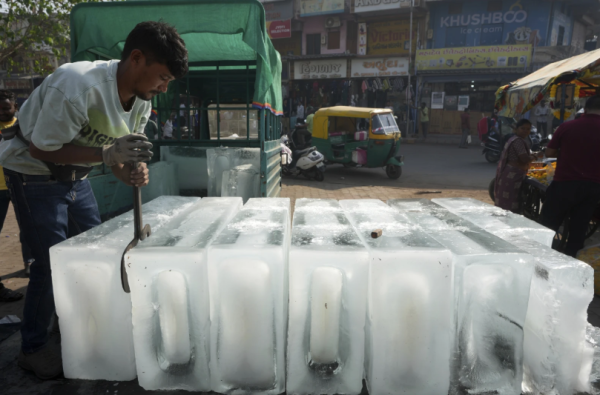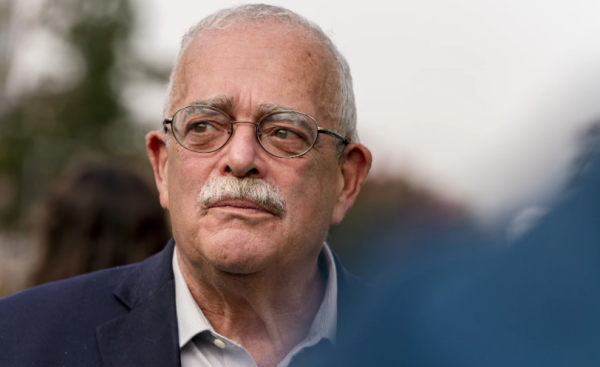The G League Ignite & how it will change basketball forever
The NBA G League has long been something that NBA fans view as inferior basketball, and something that no one would ever see as a competitive league to the NBA. That statement, while true, is not indicative of how the league actually operates and what they aspire to be in the future. The misconception is that the G League is in competition with the NBA. Their main competition is the NCAA. They have long tried to become an attractive venue for high school prospects looking to bypass the year(s) of college without any income.
The G League did not always look as promising and attractive to young players. As recently as the early 2010s, the G League technically didn’t exist. The G League was actually the D League, the NBA Development League. They were funded by the NBA, but were governed by themselves. They were in desperate need of a cash influx, and one of the most unlikely sources saved them at the most dire of times. Of all corporations, Gatorade came in and bought the league. They changed the name from D League to the current G League. They have since become a flourishing league, not just the second tier professional basketball league, but they are now one of the biggest threats to college basketball.
How it Works
Before looking into how the G League can threaten the NCAA, it is important to understand how the league is formatted. The G League is the NBA’s official minor league and 28 out of the 30 NBA teams hold an affiliate. The only two without an affiliate are the Portland Trail Blazers and the Denver Nuggets. Teams with affiliates can sign players to two-way contracts and non guaranteed contracts and have them play in the G League in order to get the most possible development. Teams can call up players whenever necessary, and they remain under contract with the professional team. Their contract rights are exclusive to the NBA team.
The management of the G League is where it gets a little confusing. The G League teams are all locally owned, and managed by a separate front office. The Capital City Go-Go, G League affiliate of the Washington Wizards for example, are owned by Monumental Sports and Entertainment and employ Amber Nichols as their general manager. The Wizards did not hire her as their employee, but the Go-Go paid heras theirs. The G League general managers are allowed to make personnel decisions, yes, but the NBA team also gets a say in what happens in the G League. If a team drafts a player, and they want to allow them to get consistent playing time without moving around their regular rotation, the drafted player will usually find themselves in the G League in order to get the playing time. The affiliate cannot send the player to the professional team due to the fact that the player is not contractually obligated to the G League team. The professional team has the say in what happens with the player, and can even go as far as almost forcing him to get a certain amount of playing time.

That is a relatively simple concept. The other question that comes from this is how does the G League teams fill out the rest of their rosters. In the offseason, players in the G League sign a contract with the league itself, not a specific team. These are all one year contracts that allow players to explore other professional opportunities like those in Europe and Asia, where there are flourishing basketball leagues. Where the players come from is a little bit more complex. According to the G League website, they are grouped into four overarching categories: two-way players, affiliate players, returning players, and NBA G League draft picks. Two way players are simply NBA players who are signed by the NBA team, and are basically on call to be shuttled up and down throughout the season. Affiliate players are players that the NBA team invited to training camp, and then cut. The NBA team can label up to four players as “affiliate players’ ‘, and they will be assigned to the G League where they will sign a contract with the G League team if they chose. In some cases, players do not want to do this, and explore other options internationally, or retire altogether. Returning players are simply players that have played for the G League team in any of the past two seasons. The G League team retains their contract rights. Additionally, there are NBA G League draft picks. Every year, the G League holds their own draft after the NBA Draft. This is for undrafted players, unsigned veterans, or players coming from overseas.
In years past, the NBA G League has been looking for ways to be a more enticing option for high level high school recruits looking to play professionally and earn money instead of going to college and not earning any money to play in the NCAA. For many, it seems like a no-brainer- take the money and get drafted. It is, however, not quite as simple. The biggest positive of going to the G League is clearly the opportunity to get paid. coincidentally, the biggest negative of going to college is the lack of compensation. However, the G League does not have very much exposure for these high schoolers. The NCAA, however, has a lot of exposure with nationally televised games. This trade off has not worked in the favor of the G League in the past. Very few players have taken advantage of this system they produced.

Changing Tides
This season, though, the G League looks much different. They have inherited the NBA Bubble in Orlando, Florida from last summer, and are playing their season in the confines of a bubble. Some of the NBA teams chose not to send their affiliate down to Orlando, leading to only 17 out of the 28 teams participating. The G League did something rather bold, and placed the G League Ignite in the bubble with the other 17 teams. They are eligible to compete for the postseason, and their roster is compiled in a manner that looks like a glorified AAU team with compensation, but more on that later. Officially, the G League has 17 teams in the bubble plus the Ignite.
As for the Ignite’s roster. They are riddled with players that many NBA fans probably know very well. Coached by legendary former player and coach for the Los Angeles Lakers Brian Shaw, the Ignite have a familiar face on the bench. Additionally, they signed many veterans who have played in the NBA to help guide these young players. Former NBA role players Amir Johnson and Jarrett Jack will be mentors for the team. Outside of that, the team is littered with top prospects. Jalen Green and Jonathan Kuminga, two of the top five recruits from 2020 according to ESPN and CBS Sports. They became the first high level high school prospects to commit to the Ignite. Additionally, the Ignite have Isaiah Todd (#15 according to ESPN) Daishen Nix (#21), and Kai Sotto (#65). Sotto comes with an asterisk as he has left the Ignite recently to compete for his native Philippines in the FIBA Asia World Cup, an event that has since been canceled.

Nonetheless, it has been proven that the incentive of earning money has been able to lure some players away from college basketball, but the next question is how will this stunt or elevate the development of these players. It is clear that they are being given the best possible amenities during this process, as this first wave of top prospects have gone through the season. Not only are they receiving top of the line coaching from Shaw and the veterans on the team, they are also enhancing their mental game. The NBA, G League, and Arizona State University all partnered to allow for the Ignite prospects to receive a complementary education from ASU. These online classes are made to continue to engage these young players, as they are leaving behind a potential college education to earn money.
These players have to juggle a lot of different things off the court, but there is a looming battle between the G League and the NCAA. There has always been the assumption that as long as the NCAA has a television contract, the professional route will never be enticing to high schoolers. The logic is sound- players get more recognition at the NCAA level than at the professional level in the G League. That logic, in fact, was true for the majority of the 21st century, when the idea that college athletes should get paid came to light. That was until the first domino fell. The commonality that “it only takes one” is incredibly true. The NCAA has seen the monopoly on semi-pro sports fade in the past years. From unrest among players regarding earning money off their likeness to congressional legislation allowing athletes to profit off their own likeness, the cracks in the armor were starting to show.
Now, the G League professional path is not going to completely kill off the NCAA, it only is available for a single sport, and a small percentage of players are making the leap. It will, though, force them to adapt how they go about their business in terms of compensating athletes. The more players that follow in Green and Kuminga’s footsteps and play for the Ignite, the more the NCAA has to worry. Men’s basketball is one of the most profitable sports the NCAA has to offer, and if players simply would rather bypass their time in college, the writing might be on the wall for changes in how the NCAA conducts their business. Maybe it starts with paying athletes. Maybe they begin to give athletes a bigger amount of freedom in terms of financial benefits.
The G League Ignite, though, are very much worth basketball fans’ attention. They are fun, young, and exciting to watch. Green and Kuminga are both top prospects for a reason, and bring youth and excitement to the game. They have actually improved their draft stock while playing for the Ignite, something that previous players making the jump from high school to the G League had yet to accomplish. The fact that these players were actually successful in their leap of faith of skipping out on college is remarkable and proves that the G League developmental program is a definitive option for recruits moving forward.

The G League, for all its confusing makeup and quirkiness, has done something no other basketball league had done in the past. They created a legitimately intriguing alternative to college basketball. The Ignite may not be as successful in the coming years, as the NCAA seems more motivated than ever to change their long standing stance on athlete compensation. Even so, the Ignite have forced change in the NCAA and their system. If all goes according to plan for the players who desire to receive compensation, a main source of the revelation will be due to the G League and the Ignite.

Marc is a senior at South Lakes and is the Editor in Chief of The Sentinel. This is his 4th year on staff, and third as an editor. Outside of writing for...

















